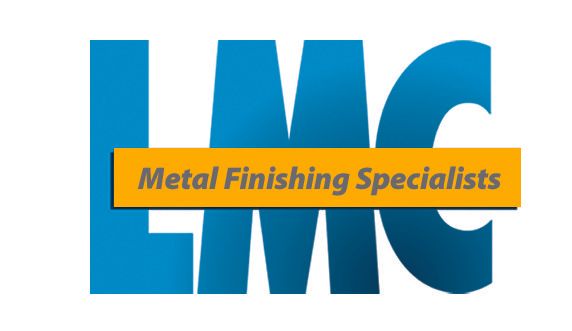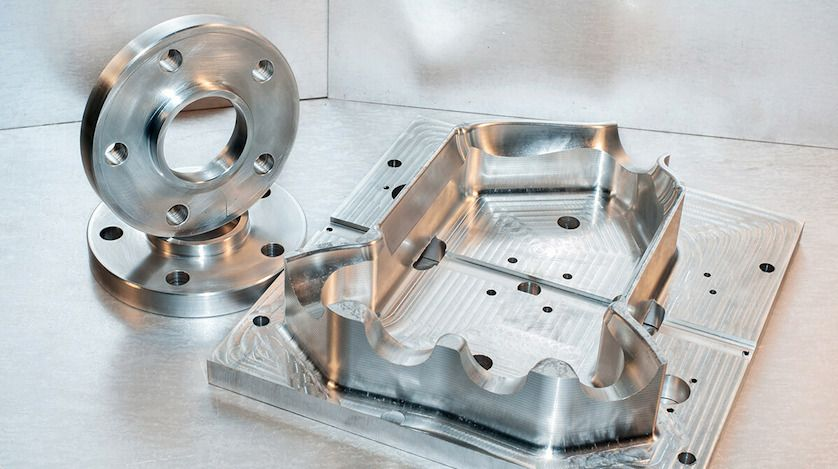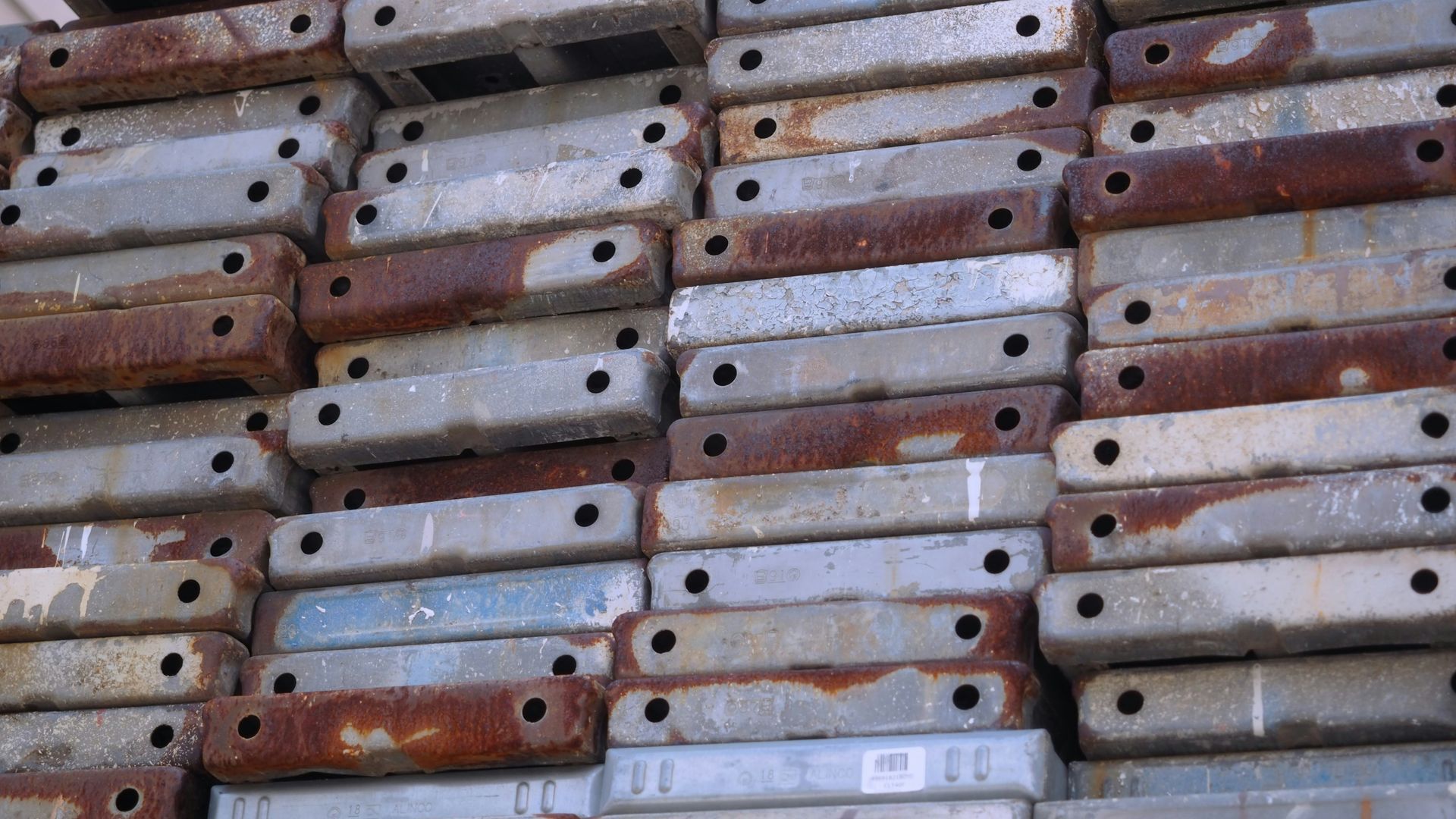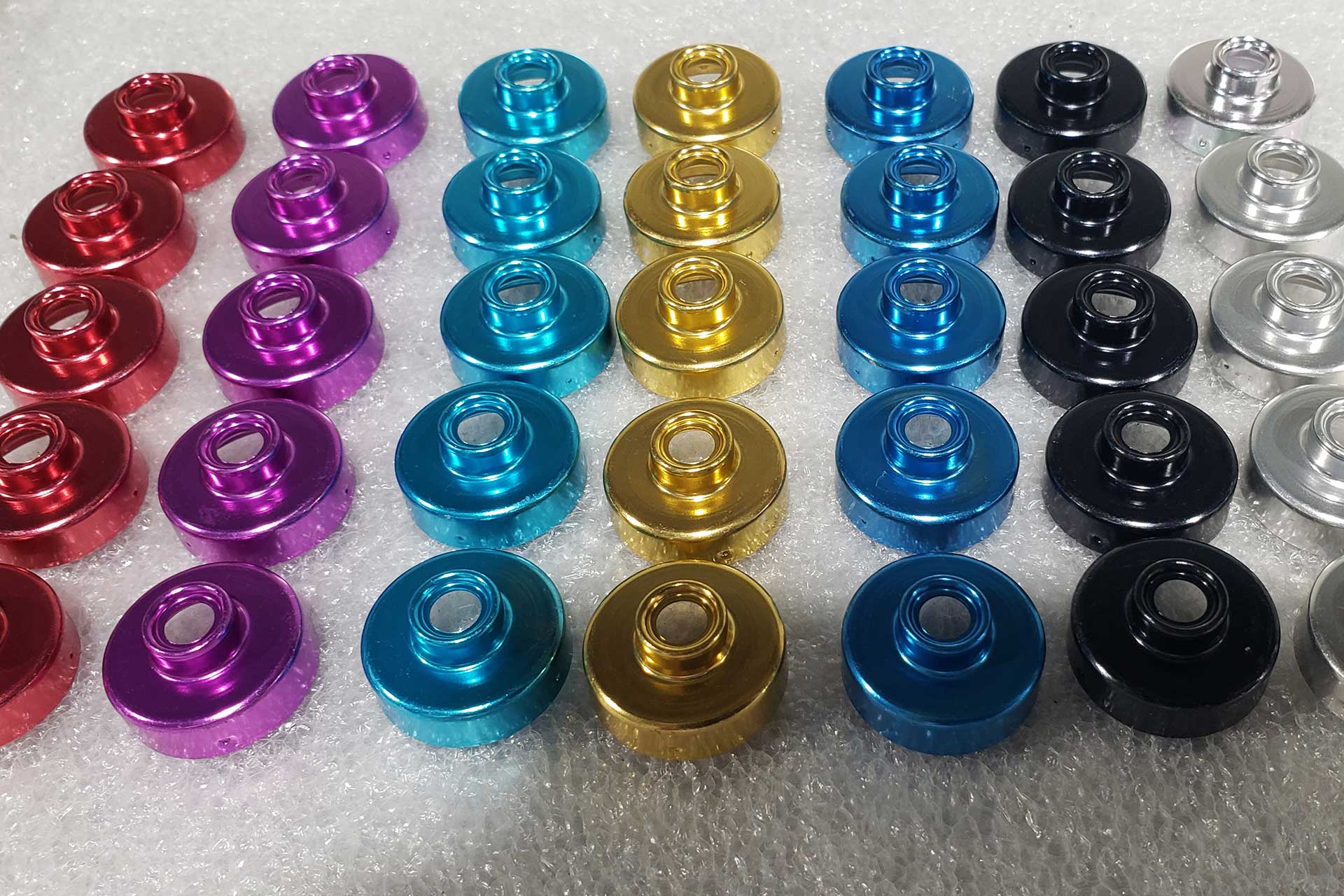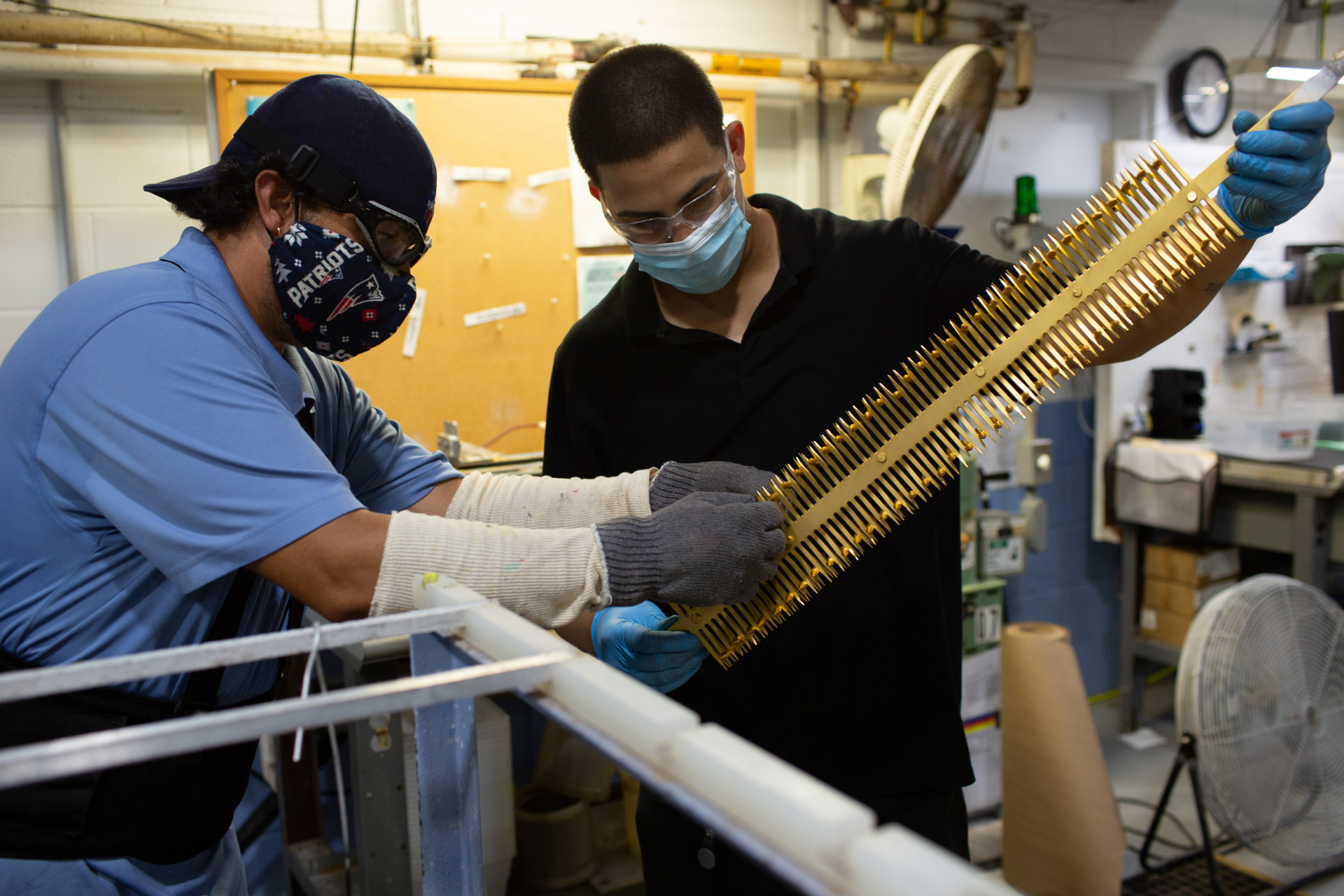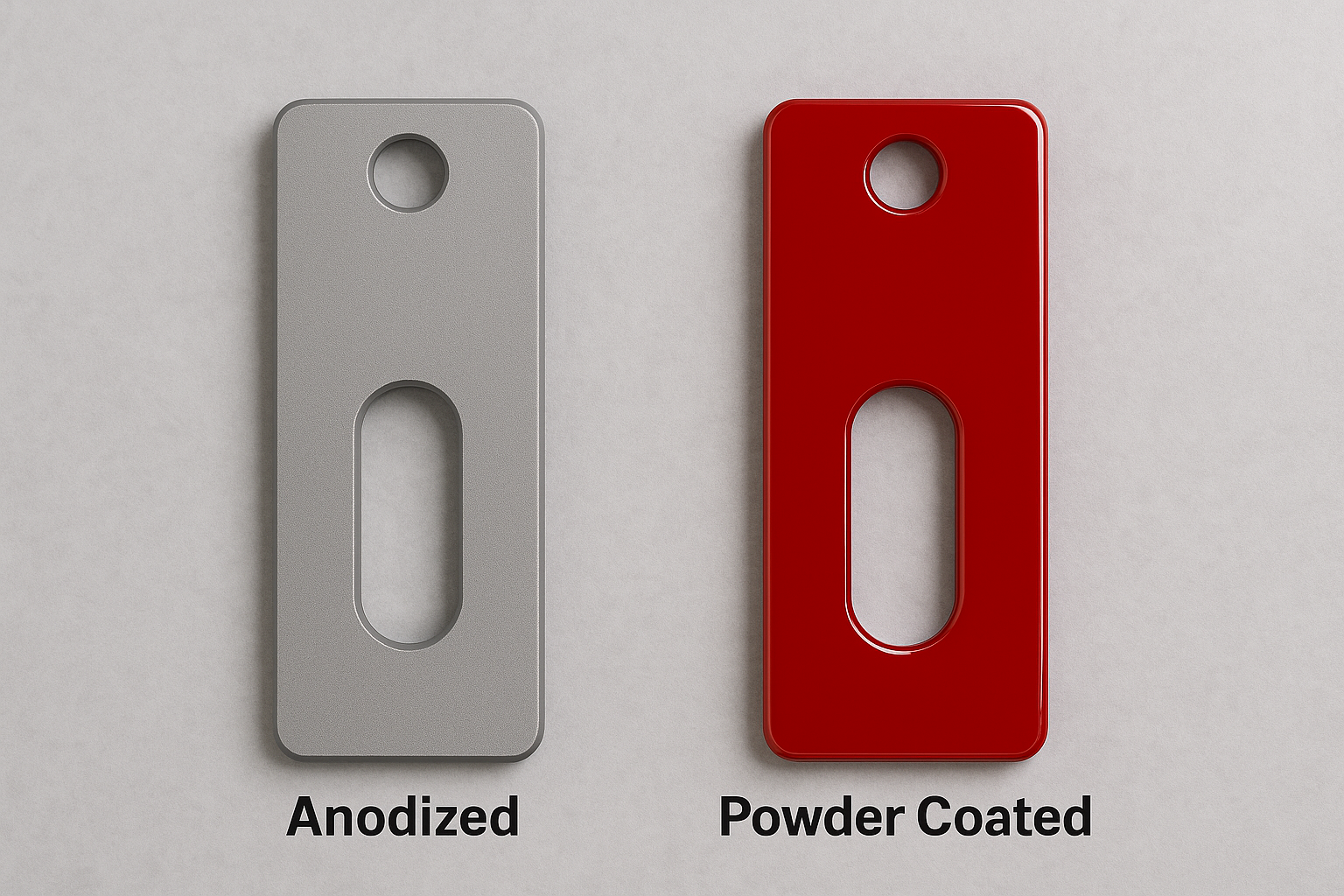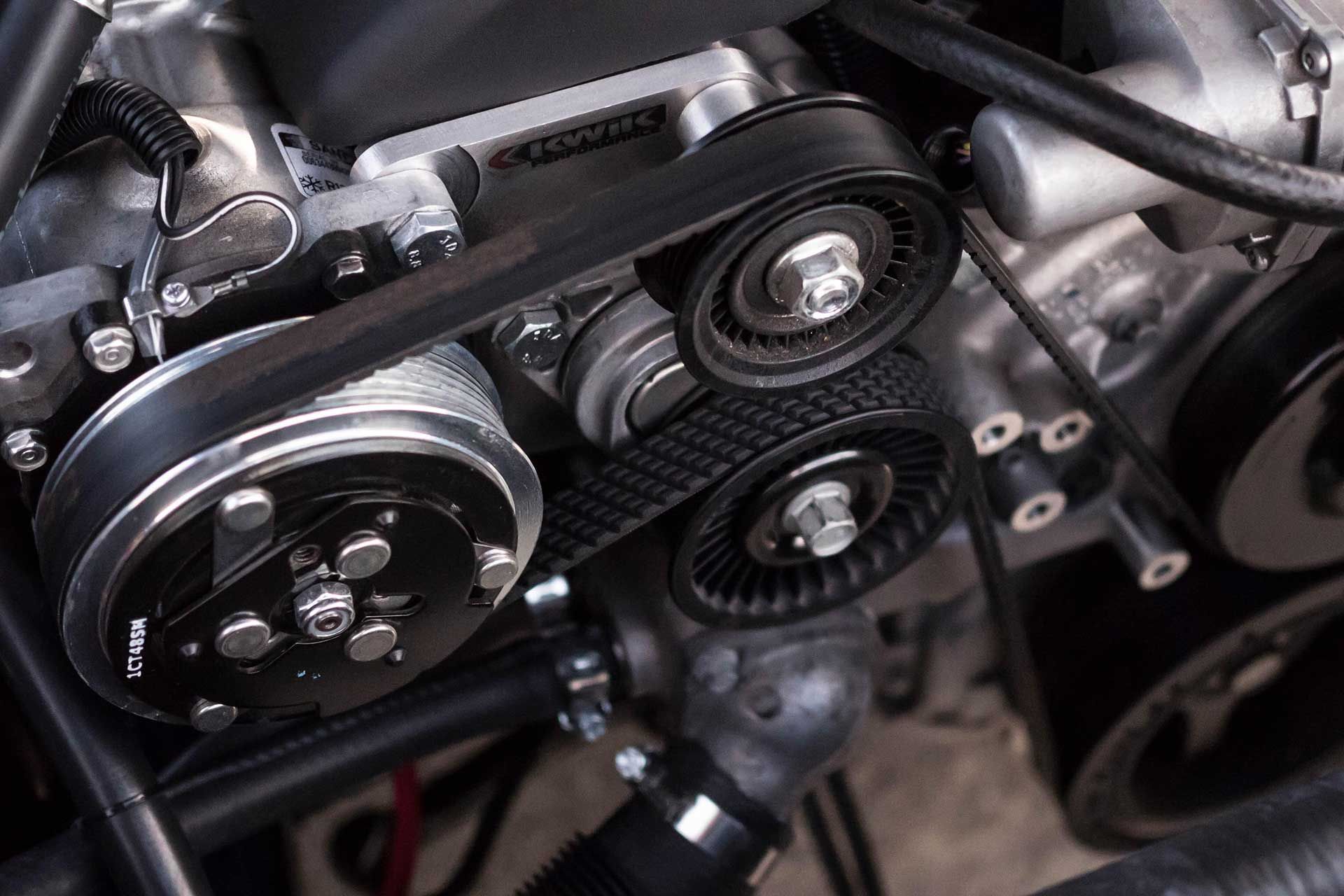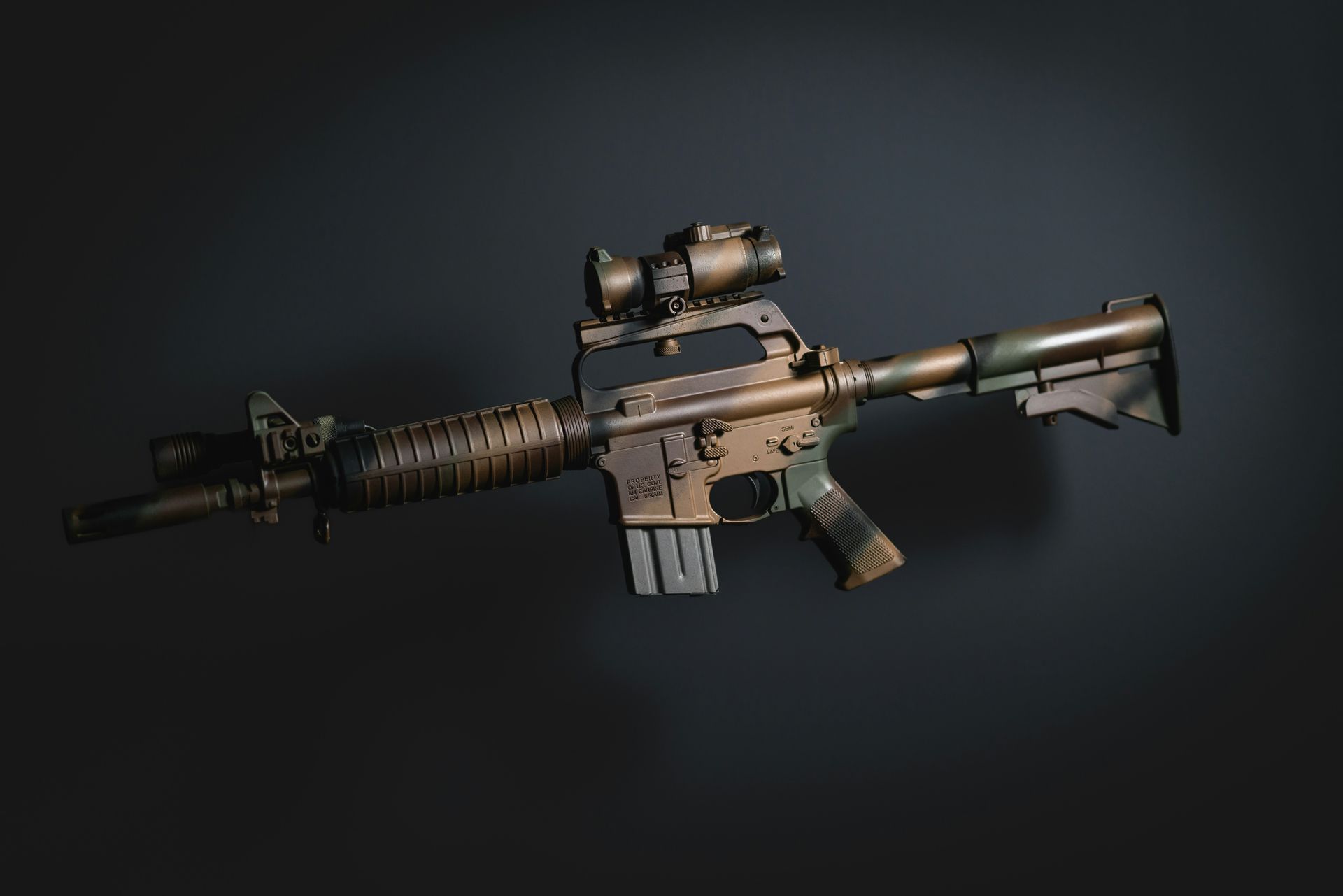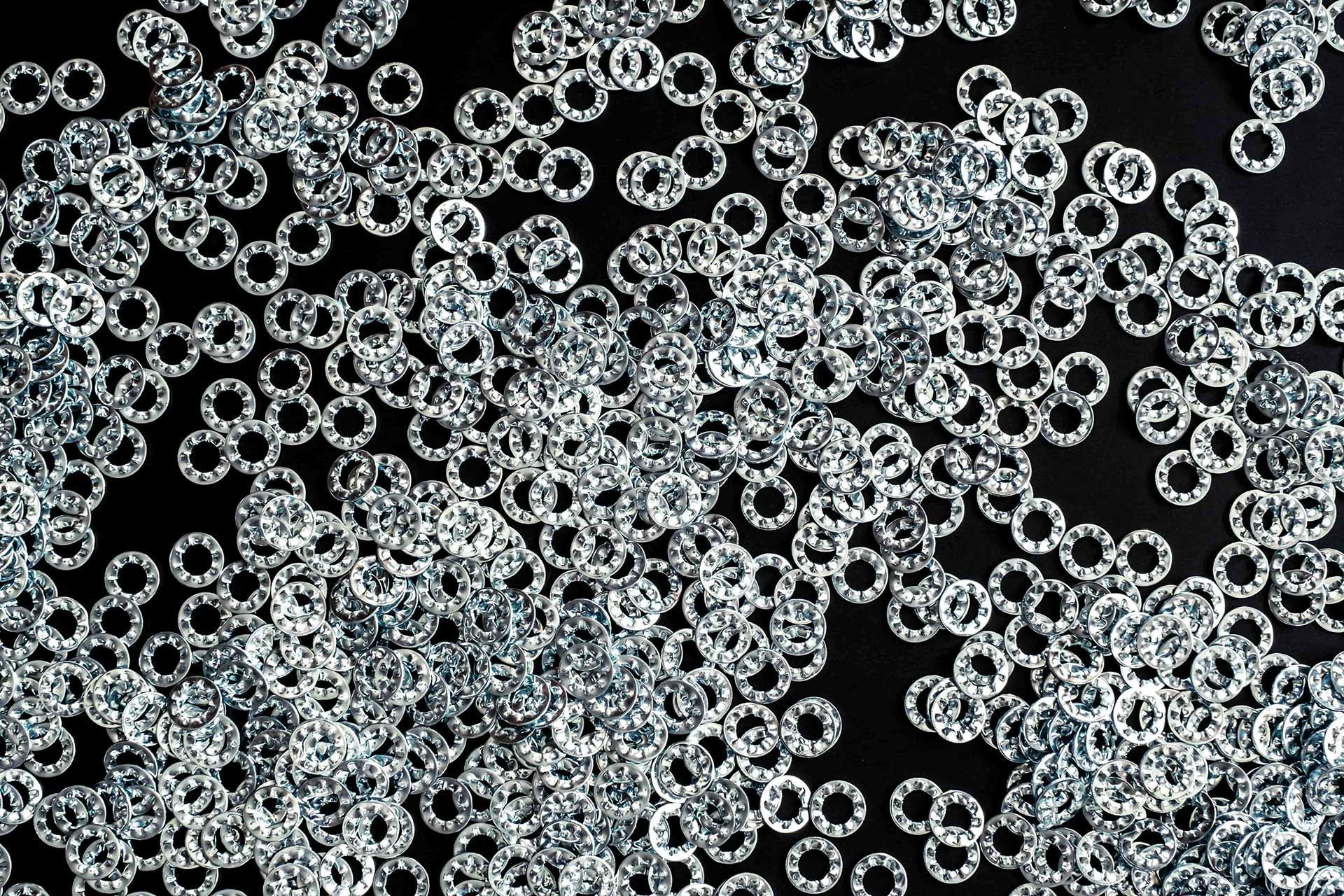Anodizing vs Electroplating – Which Metal Finishing Process Is Right for You?
When it comes to protecting and enhancing metal parts, surface finishing is one of the most important decisions you’ll make. Two of the most widely used processes are anodizing and electroplating. While both improve durability and appearance, they work differently and offer distinct benefits. If you’re wondering which method best fits your project, this guide breaks down what you need to know about anodizing vs electroplating.
What Is Anodizing?
Anodizing is an electrolytic process that strengthens the natural oxide layer on the surface of a metal, most commonly aluminum. During the anodizing process, the metal part is immersed in an acid electrolyte bath, and an electric current passes through it, forming a controlled oxide layer that becomes part of the base metal.
Anodizing improves corrosion resistance, surface hardness, and wear resistance. It also allows for decorative coloring, as dyes can be added during the process. Common anodizing applications include aerospace components, architectural panels, consumer electronics, and automotive parts, where a durable, attractive finish is needed.
What Is Electroplating?
Electroplating is a finishing process that uses an electrical current to deposit a thin layer of metal onto the surface of a workpiece. This process, also known as electrolytic coating, involves submerging the part in a solution containing metal ions, which are then bonded to the substrate through electrolysis.
Popular metals used in the electroplating process include nickel, chrome, copper, gold, and silver. Electroplating applications range from decorative finishes on jewelry to functional coatings for electrical connectors, automotive parts, and industrial equipment where added wear resistance or enhanced conductivity is required.
Light Metals Coloring does not provide electroplating services but specializes exclusively in high-quality anodizing solutions.
Key Differences Between Anodizing and Electroplating
While both processes involve an electric current and a bath, the main difference lies in how they modify the surface:
- How They Work: Anodizing builds up an oxide layer by changing the metal’s surface itself. Electroplating adds a separate metal layer on top of the base material.
- Appearance: Anodizing can produce vibrant, long-lasting colors and a matte finish. Electroplating typically delivers a shiny, reflective surface.
- Durability: Anodizing provides excellent corrosion resistance and is integral to the metal, making it unlikely to peel or flake. Electroplating improves corrosion resistance and wear properties but can peel if the coating is compromised.
- Materials: Anodizing is mainly used for aluminum and a few other non-ferrous metals, while electroplating can be used on a wider range of substrates, including steel and plastic (with proper surface preparation).
- Environmental Impact: Anodizing uses fewer heavy metals but may generate acidic waste. Electroplating often requires careful handling and waste treatment due to the metals involved.
Benefits and Limitations
Benefits of Anodizing:
- Increases surface hardness and wear resistance.
- Enhances
corrosion resistance naturally.
- Allows for
decorative colors that won’t peel or chip.
- Eco-friendly compared to some plating methods.
Limitations of Anodizing:
- Best suited for aluminum and a few other metals.
- Limited color uniformity on complex parts.
- Thickness is controlled but typically thinner than plated coatings.
Benefits of Electroplating:
- Wide range of metal finishes for decorative or functional purposes.
- Can improve electrical conductivity for certain applications.
- Adds wear resistance to softer metals.
- Suitable for various base materials.
Limitations of Electroplating:
- Requires careful handling of hazardous materials.
- Plated layers can flake or peel if not applied properly.
- May need regular maintenance or re-plating.
Choosing the Right Process for Your Project
When deciding between anodizing vs electroplating, consider your project’s goals:
- Do you need vibrant color that won’t fade? Anodizing may be your best option.
- Are you looking for a reflective, decorative metal finish? Electroplating could be ideal.
- Is corrosion resistance critical? Both can help, but anodizing is part of the metal, while plating adds a separate layer.
- Is your substrate compatible with anodizing or does it require plating instead?
If you’re considering anodizing for your next project, our team can help you evaluate whether it’s the right solution for your material and performance goals.
Get Expert Anodizing Solutions for Your Project
At Light Metals Coloring, anodizing isn’t just something we offer — it’s our specialty. For over 70 years, we’ve partnered with industry leaders to deliver quality anodizing services that enhance durability, protect against corrosion, and achieve the exact look and performance you need.
If you’re weighing anodizing vs electroplating and want to know whether anodizing is the right fit for your parts, our team is ready to help. We’ll review your project requirements and recommend the best approach for your material and end use.
Contact us today to discuss your anodizing needs and get a custom quote.
